Britain's best folk festivals, from the weird and wonderful to the downright dangerous
Burning barrels, hare-pie scrambles, bottle kicking and horn dances: no one does eccentric quite like the English. Harry Pearson explores our weird, wonderful and sometimes distinctly dangerous folk festivals.
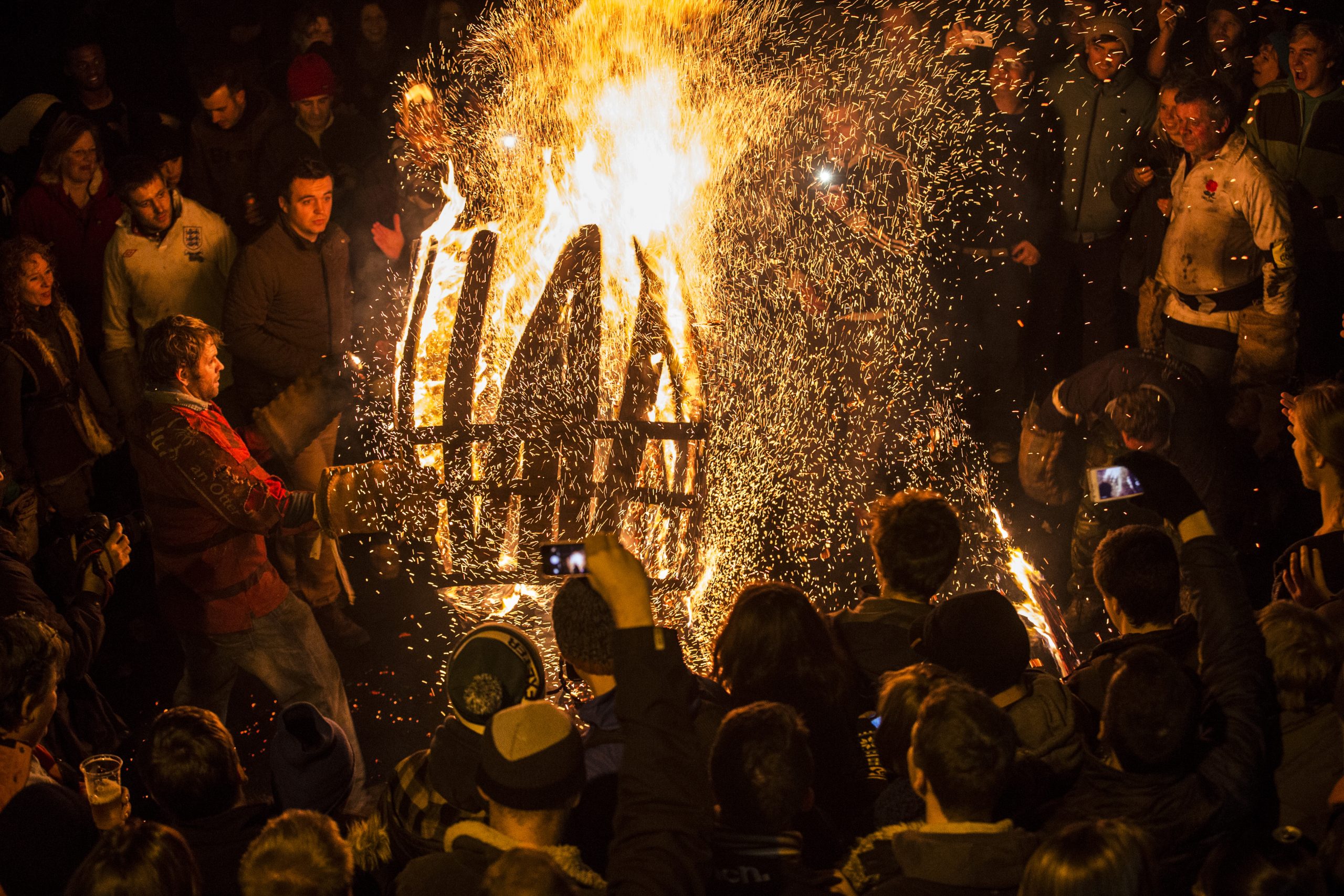

A Burly, bearded man rumbles through the winding streets of the little Devon town. His face is streaked with soot and sweat. On his shoulders, an 18-gallon sherry cask soaked with tar crackles, spits and flares. ‘Uppard! Uppard!’ the man bellows as the crowd parts and he gallops on. Comet trails of orange and yellow sparks follow him, swirling up into the night sky like a murmuration of hellish starlings. It is November 5 in Ottery St Mary, an annual day of flames and explosions that dates back to at least the early 17th century. ‘The smell of the tar and the heat of the flames gives you a real adrenaline rush,’ says Andy Wade, president of the Ottery St Mary Carnival committee. ‘It’s a feeling you can’t explain.’
Some historians and folklorists trace the festival in Ottery back to pagan fire festivals, the fumigation of plague-ridden streets or the beacons lit in 1588 to warn of the approach of the Spanish Armada. Mr Wade — who has close to six decades of experience of the tar barrels behind him — believes it all goes back to Guy Fawkes and the Gunpowder Plot. ‘There were a number of towns in Devon where they rolled burning barrels through the streets on November 5,’ Mr Wade explains, ‘but it was only in Ottery that people decided to pick them up and carry them.’
The Ottery St Mary Tar Barrels is one of doz-ens of genuine folkloric celebrations woven into the English calendar. It occupies a place alongside the Hallaton Hare Pie Scramble and Bottle Kicking in Leicestershire, West Witton’s Burning the Bartle in North Yorkshire and the Horn Dance at Abbots Bromley in Stafford-shire as an annual reminder of a time when the English countryside was a stranger, wilder, rowdier and less governable place.
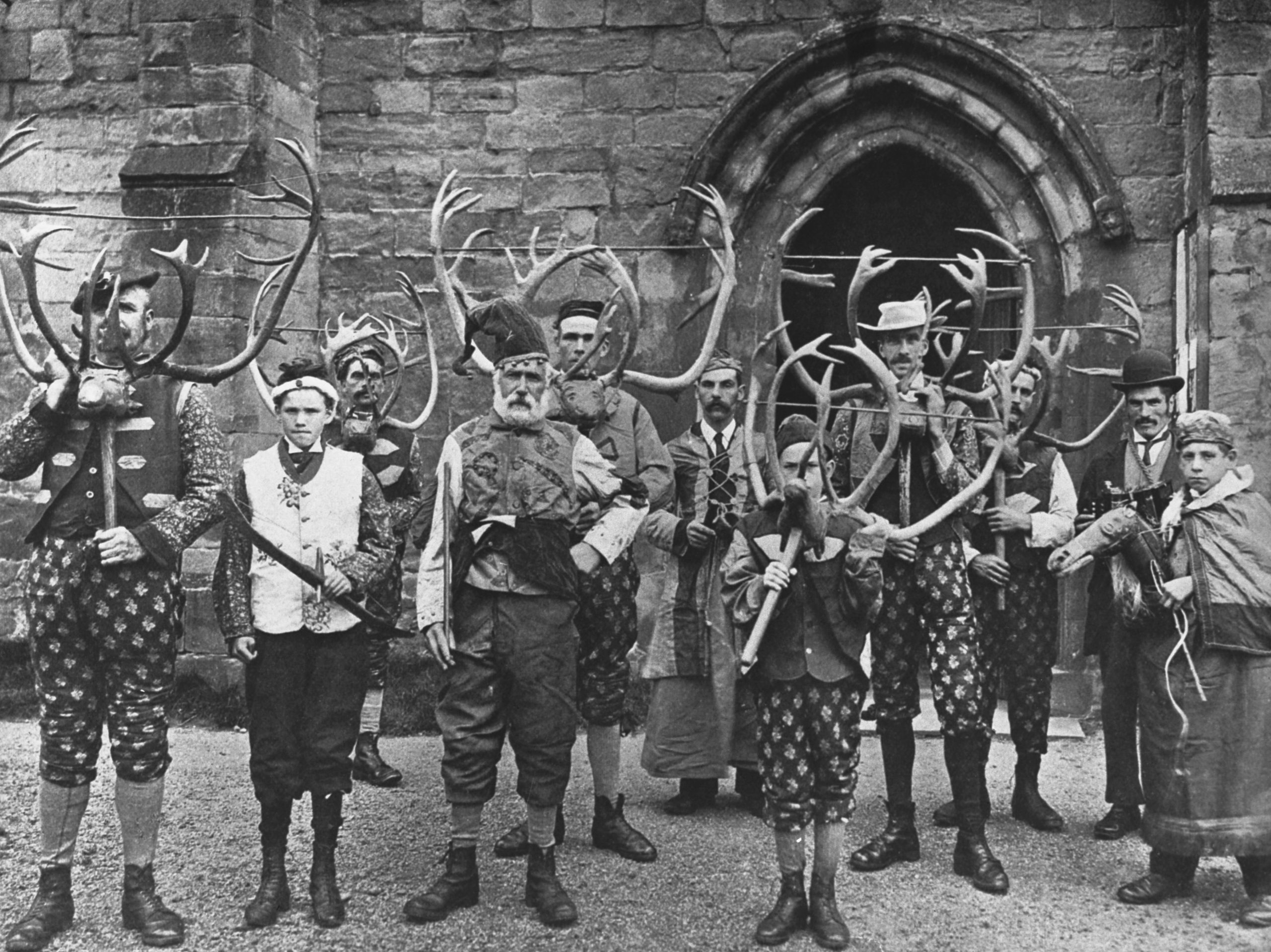
Not that things are quite as unruly at Ottery St Mary as they once were. ‘When I was young, it was mayhem,’ Mr Wade recalls. ‘Thirty years ago, we had two police officers and some hand-made signs. Now, we have stewards, a central communications hub and a police drone to help us with crowd control.’ Cider — for the 50 barrel rollers, at least — is also off the menu until the event is finished. ‘People used to drink a lot, but they don’t these days,’ Mr Wade admits. ‘They are all trained and experienced and properly briefed.’ Still, the fact that the boys, women and men who carry these flaming cargos are protected only by thick sacking mittens and neckcloths, yet rarely experience any injury more serious than singed hair and bruised backs, seems a minor miracle.
This year, with the event being held on November 4 (the tar barrels are never burned on a Sunday), a bumper crowd of about 25,000 is expected — more than doubling Ottery’s population. At one point, the volume of visitors threatened to overwhelm the event. ‘We put a lot of work in and we have things back under control again now,’ Mr Wade assures me.
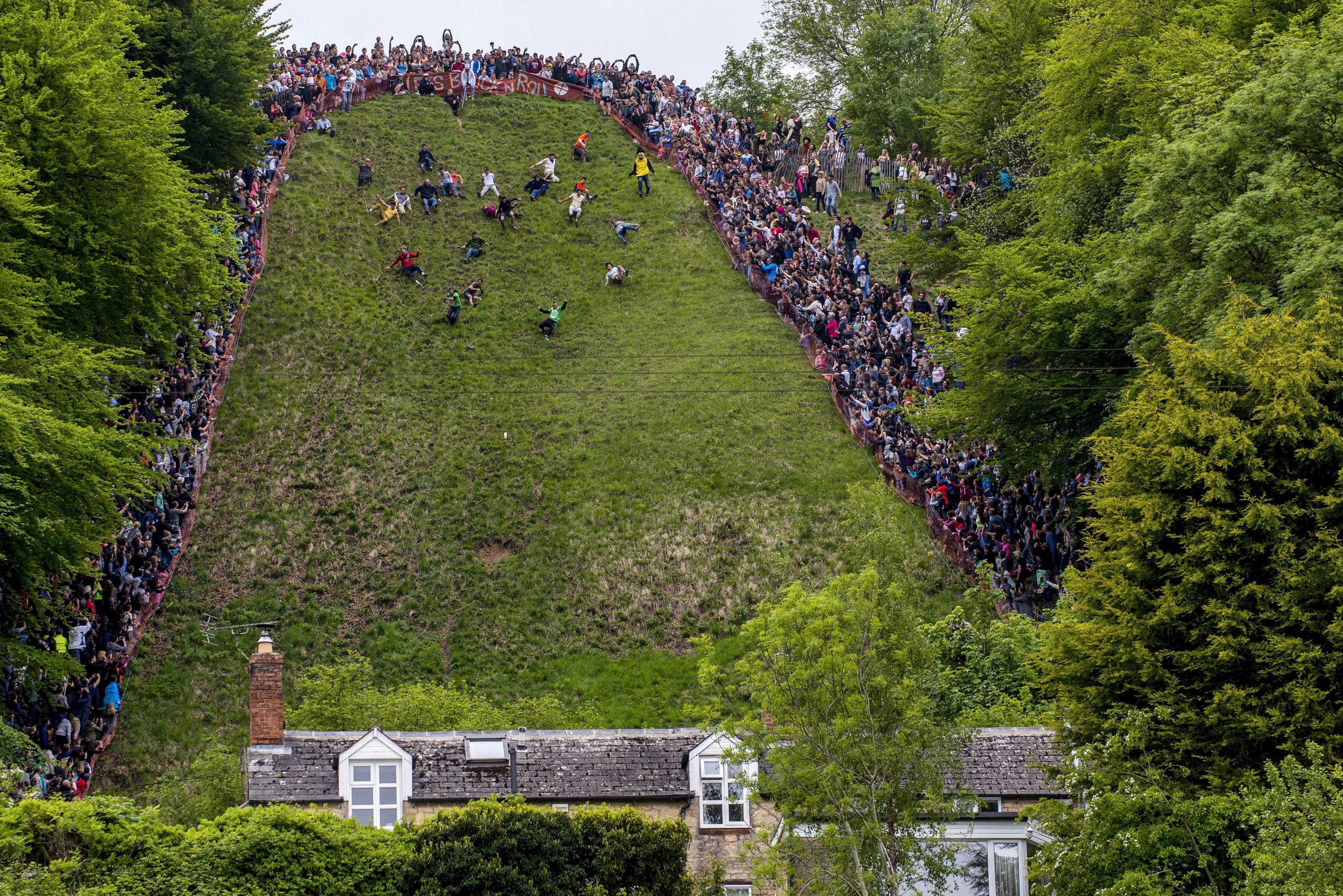
Similar problems have beset other lively traditional events in the British rural calendar. In the 1990s, the Cooper’s Hill Cheese Rolling in Gloucestershire had to be cancelled several times after the crowds coming to watch it grew too large for the local roads to handle. An annual event believed to have begun in the 1400s as part of a larger summer fair, the Cheese Rolling sees dozens of hardy — or, possibly, foolhardy — citizens running and tumbling down a slope that is more cliff than hill in pursuit of a double Gloucester cheese. Collisions, shattered collarbones and concussions are standard for competitors who carry off a 7lb truckle if they win. Cheese-rolling champion Chris Anderson, a 23-time winner of the event, attributes his success to drinking several pints of strong cider before setting off. Even powerful beverages were not enough to persuade the late Andy Smart, a comedian and writer with a thirst for sporting adventure, to take part a second time. ‘I’ve run with the bulls in Pamplona more than 100 times, but the Cooper’s Hill Cheese Rolling? Once was enough!’
A similar view might be offered by those who have taken part in the Haxey Hood, a day of winter mayhem in north Lincolnshire presided over by a Fool and 11 ‘Boggins’ that dates back more than seven centuries. The event begins with poetry, speeches and the Fool being ‘smoked’ on the mounting stone in front of the Church of St Nicholas. After that mild beginning, things descend into chaos as upward of 300 locals and visitors, divided into four loose factions, try to deposit a leather cylinder (the hood) into one of a quartet of pubs in Haxey and Westwoodside. A vast rolling maul tramples and thrashes its way across the damp countryside for some 12 hours. ‘There are broken noses, black eyes and dislocated shoulders,’ Frank Broughton, a Lincolnshire man who took part in the Haxey Hood as a teen-ager, but now prefers to watch from outside the Duke William public house, comments with grim relish. ‘It’s absolute carnage.’
Exquisite houses, the beauty of Nature, and how to get the most from your life, straight to your inbox.
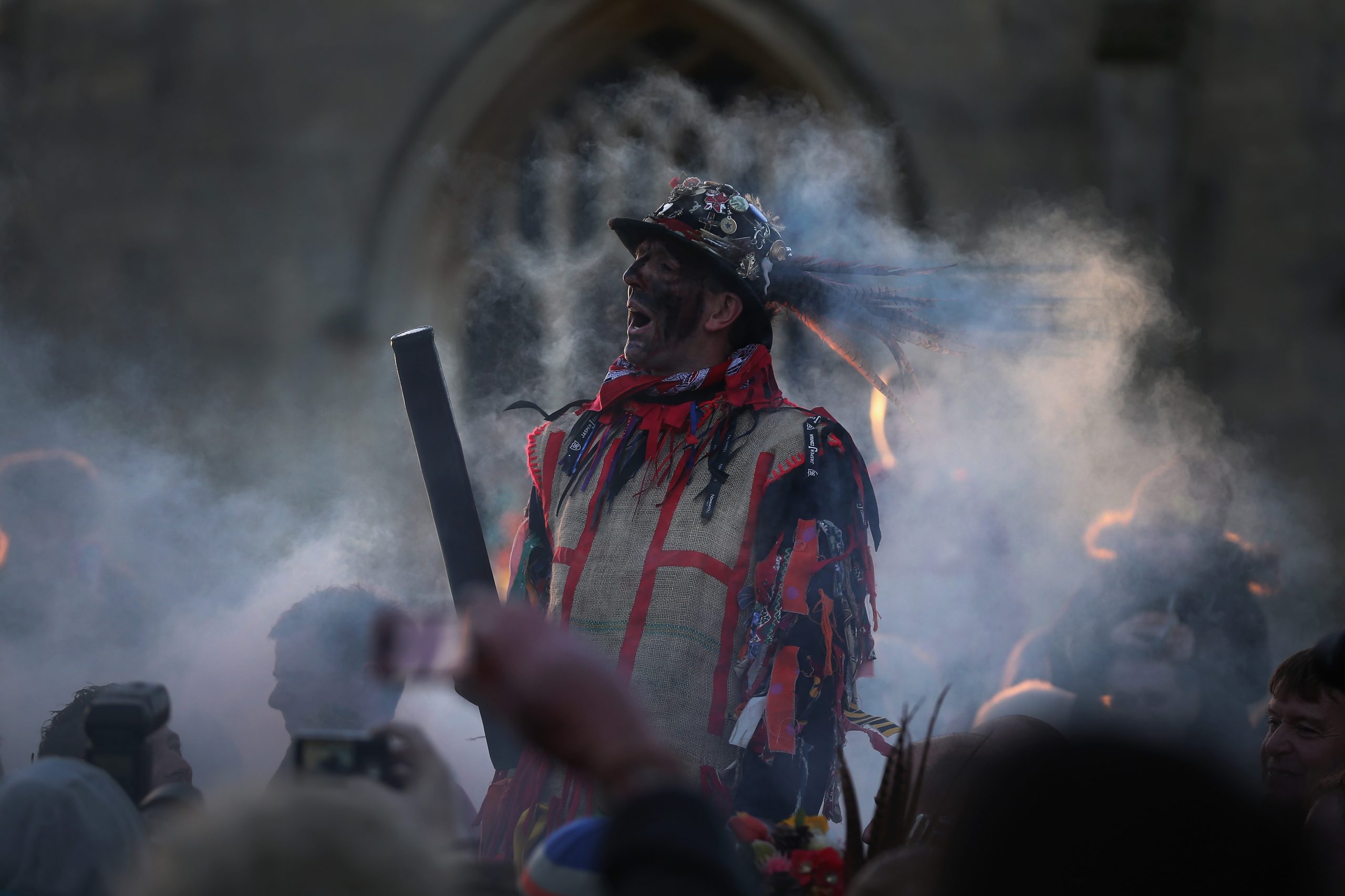
Such events are not cosy, self-reverential celebrations of British eccentricity or a theme-park version of Merry Olde England. They are much too weird, disturbing and, sometimes, violent for that. The pair of ’Obby ’Osses that prance about the streets of the Cornish town of Padstow on May Day, for example, are not cuddly, playful things. They have shaggy tails and menacing heads complete with snapping jaws. The men who carry them wear red, black and white masks that resemble the face of some fiendish beast created by Hieronymus Bosch, with a gaping, scarlet mouth lined with saw-blade teeth. As Simon Costin, director of the Museum of British Folklore recalls, ‘I first encountered the ’Obby ’Osses on a holiday to Cornwall when I was seven years old and they scared the living daylights out of me.’
The ’Obby ’Osses are part of a menagerie of odd creatures that pop up across Britain. None of them is exactly benign (although the Owd ’Oss that appears in the market square in Richmond, North Yorkshire, on Christmas Eve has a touch of the pantomime about him). The Marshfield Paperboys, a trio of mummers wearing costumes made of strips of paper, who stalk the streets of the Gloucestershire town on Boxing Day, look like mutant creatures from a Marvel comic. The same holds true of the Straw Bear that wanders the Cambridgeshire town of Whittlesey and Jack in the Green — who appears to be the offspring of a yeti and a Christmas tree — who parades around Hastings, East Sussex. These bizarre and unworldly creatures, teleported from England’s pagan past, are surreal and unsettling — as sinister as the child-catcher from Chitty Chitty Bang Bang.
That these folk customs still exist in our safety-first, risk-averse age appears remarkable; that they will remain seems certain. As the Haxey Fool pronounced in his opening speech before this year’s Hood, such events are ‘modern enough to last for the time and old-fashioned enough to last forever’.
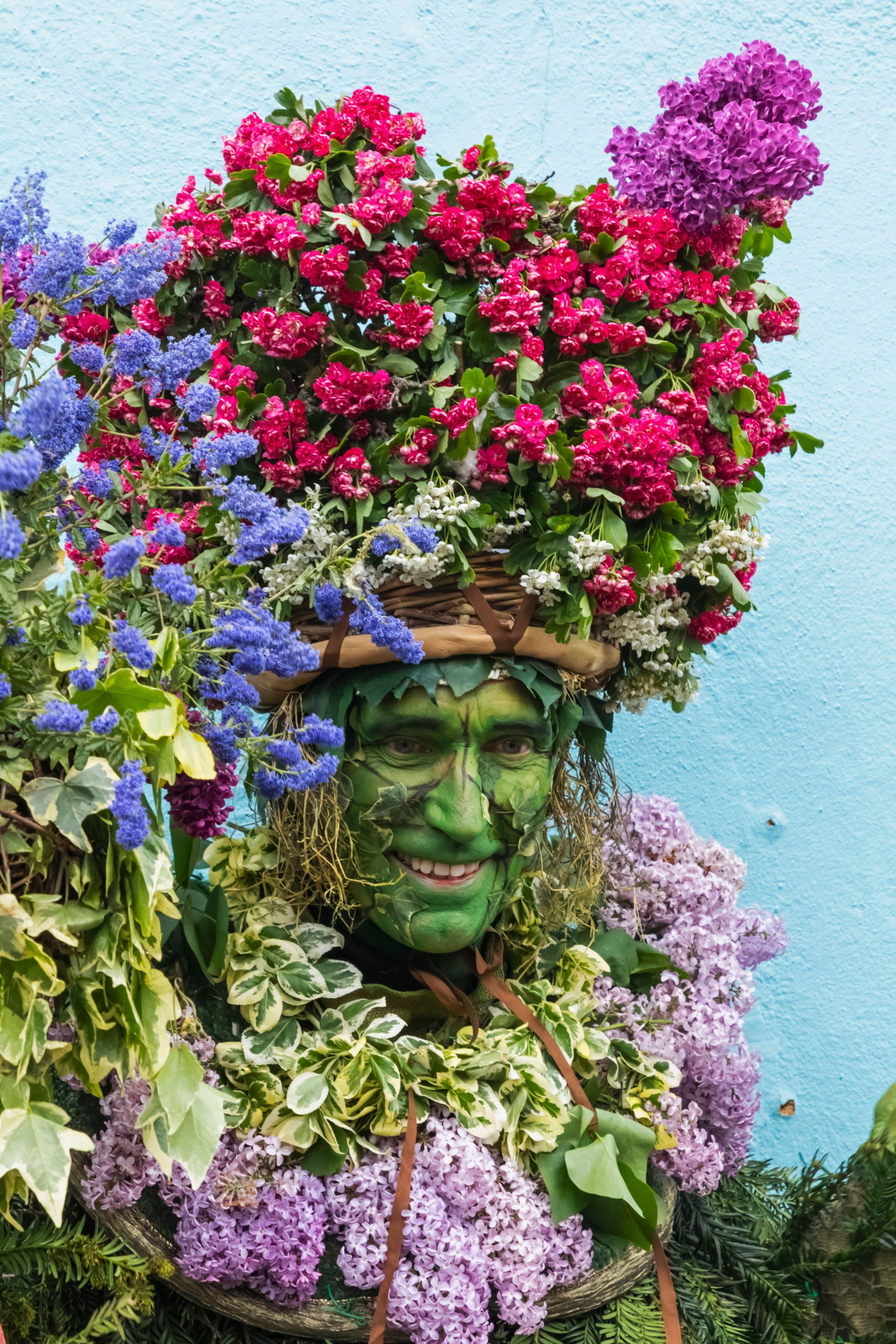
Tarred with the same brush: folk festivals to visit
- The Tar Barrels of Ottery St Mary, Devon, November 4 (www.tarbarrels.co.uk)
- Marshfield Paper Boys, Gloucestershire, December 26 (www.knightstoves.wordpress.com)
- Allendale Tar Bar’l, Northumberland, December 31 (www.visithexham.net)
- Haxey Hood, Lincolnshire, January 6, 2024 (www.wheewall.com/hood/index.php)
- Whittlesey Straw Bear Day, Cambridgeshire, January 12–14, 2024 (www.strawbear.org.uk)
- Britannia Coconut Dancers, Lancashire, March 30, 2024 (www.coconutters.co.uk)
- Hallaton Hare Pie Scramble and Bottle Kicking, Leicestershire, April 1, 2024
- Salisbury St George’s Day Celebrations (Salisbury Giant and Hob-Nob), Wiltshire, April 21, 2024 (www.salisburycitycouncil.gov.uk)
- The Padstow ’Obby ’Oss, Cornwall, May 1, 2024 (www.padstowobbyoss.wordpress.com)
- Jack in the Green, Hastings, East Sussex, May 1, 2024 (www.hastingstraditionaljackinthegreen.co.uk)
- Cooper’s Hill Cheese Rolling, Gloucestershire, May 27, 2024
- West Witton Burning Bartle, North Yorkshire, August 24, 2024
- The Abbots Bromley Horn Dance, Staffordshire, September 11, 2024 (www.abbotsbromley.com)

Are these the seven best independent bookshops in Britain? A writer makes her case
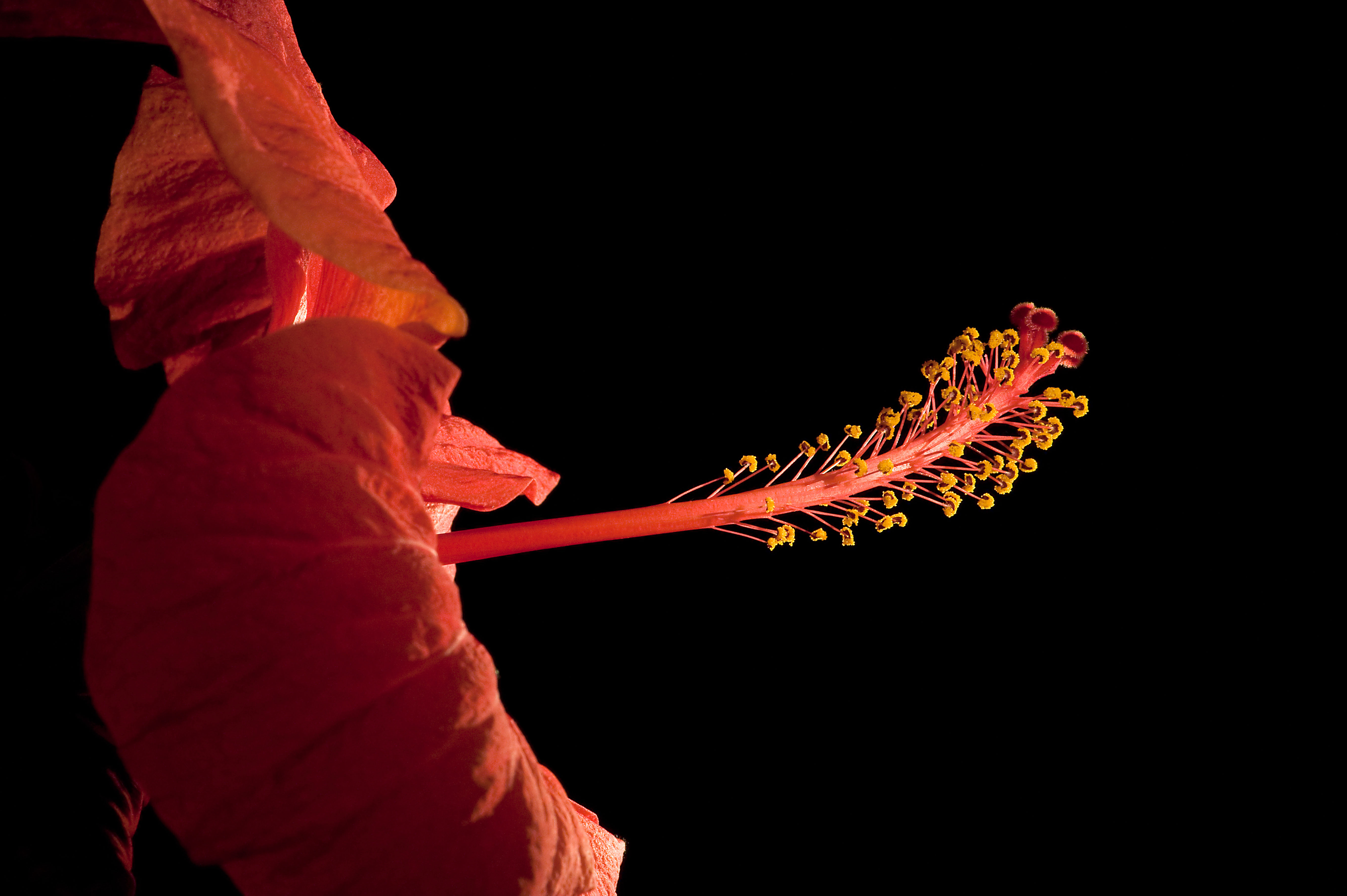
Fifty of shades of green: The sex lives of plants
Plants have developed surprising ways of spreading their seed, says John Wright, as he explores the unusual and risqué manner
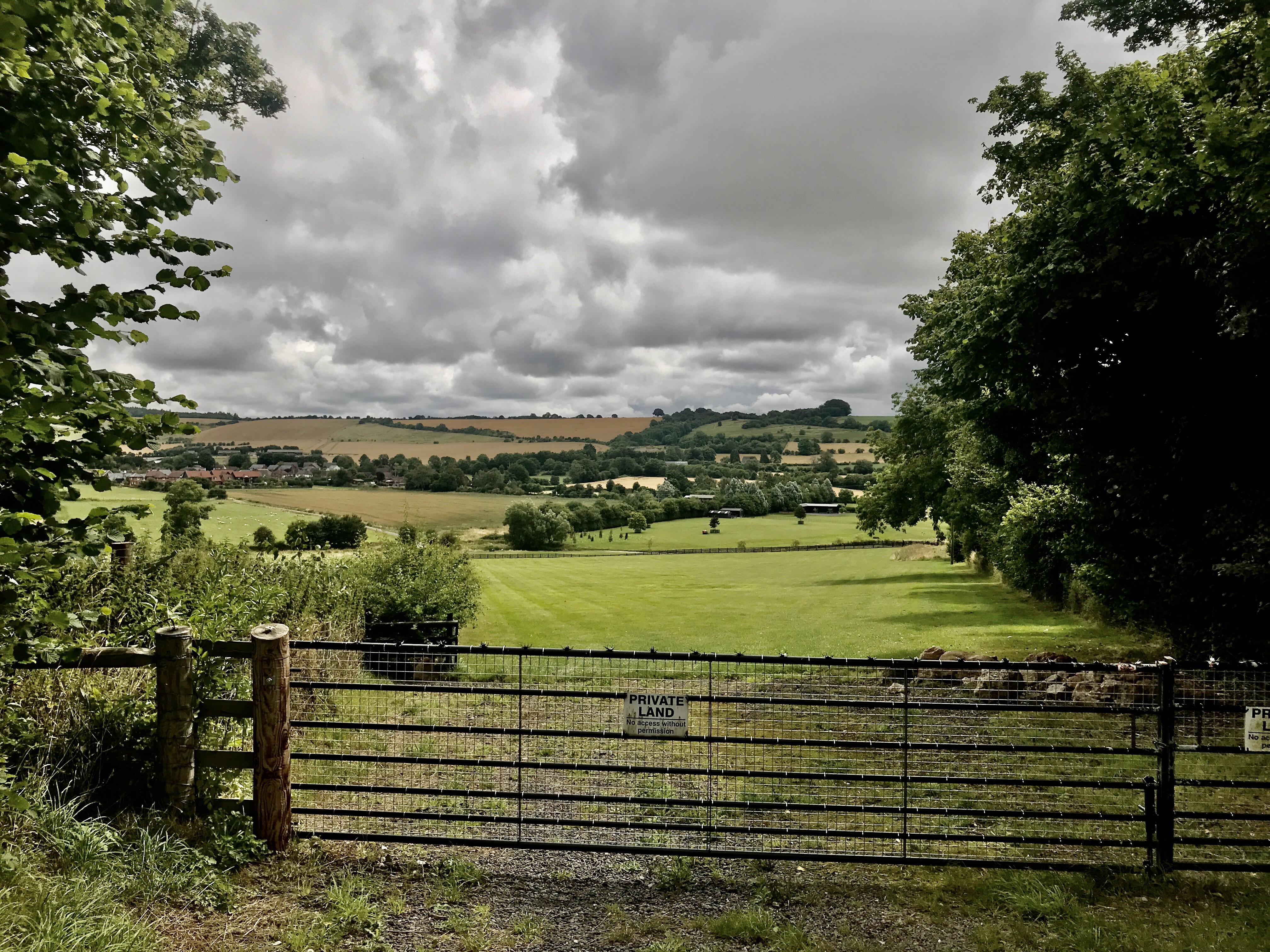
Jonathan Self: The simple key to a life full of joy and happiness and free of care
An encounter with a 21st century goatherd makes Jonathan Self wonder if things might one day again be simpler.
Harry Pearson is a journalist and author who has twice won the MCC/Cricket Society Book of the Year Prize and has been runner-up for both the William Hill Sports Book of the Year and Thomas Cook/Daily Telegraph Travel Book of the Year.
-
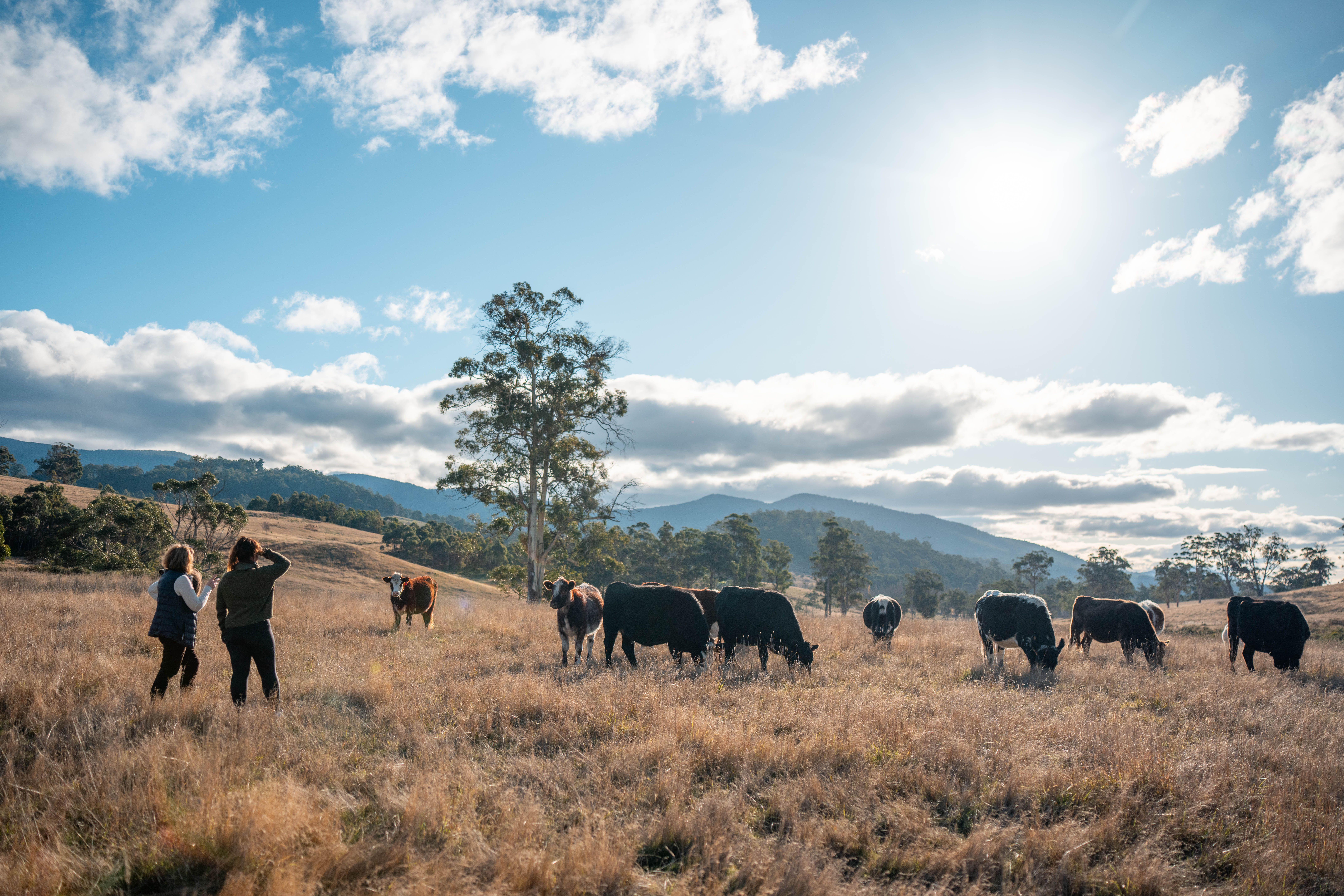 The Budget: What do we need to fix a broken countryside, and what will we get?
The Budget: What do we need to fix a broken countryside, and what will we get?With the Autumn Budget looming, countryside and heritage organisations reveal what they are hoping to hear to fix the turmoil — and what they are dreading
-
 Climb every mountain in the Country Life Quiz of the Day, November 24, 2025
Climb every mountain in the Country Life Quiz of the Day, November 24, 2025It's all in today's Country Life quiz.
